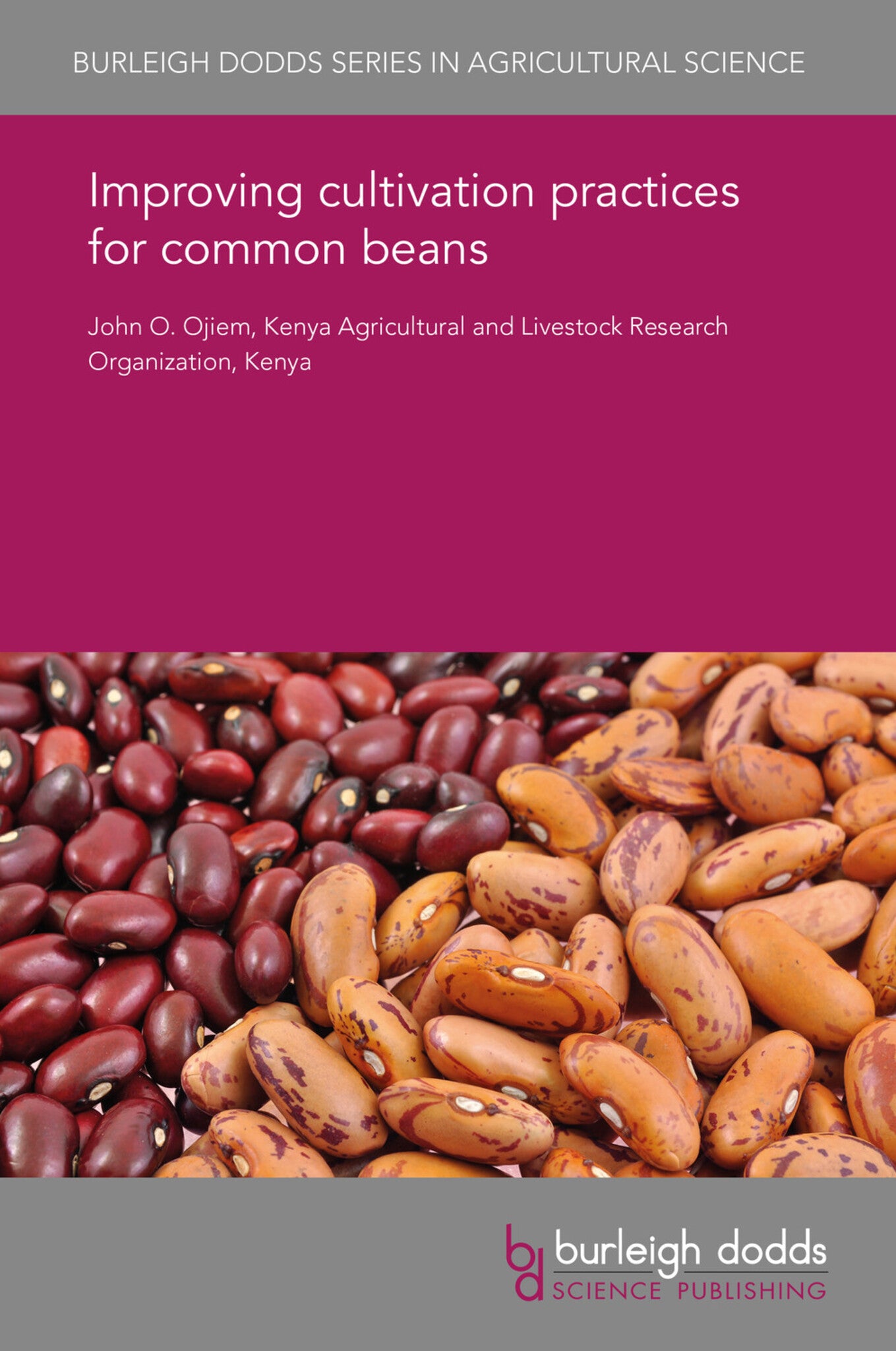We're sorry. An error has occurred
Please cancel or retry.
Improving cultivation practices for common beans

Some error occured while loading the Quick View. Please close the Quick View and try reloading the page.
Couldn't load pickup availability
- Format:
-
15 January 2018


TECHNOLOGY & ENGINEERING / Agriculture / Agronomy / Crop Science, Agronomy and crop production, TECHNOLOGY & ENGINEERING / Agriculture / Sustainable Agriculture, Sustainable agriculture

1 Introduction to the common bean: origin, domestication and economic importance 2 World production trends 3 Production constraints 4 Cropping system 5 Integrated pest management 6 Management of diseases 7 Water management 8 Nutrient management: phosphorus (P) and nitrogen (N) 9 Nutrient management: further issues 10 Conclusion 11 Where to look for further information 12 Abbreviations and acronyms 13 References



